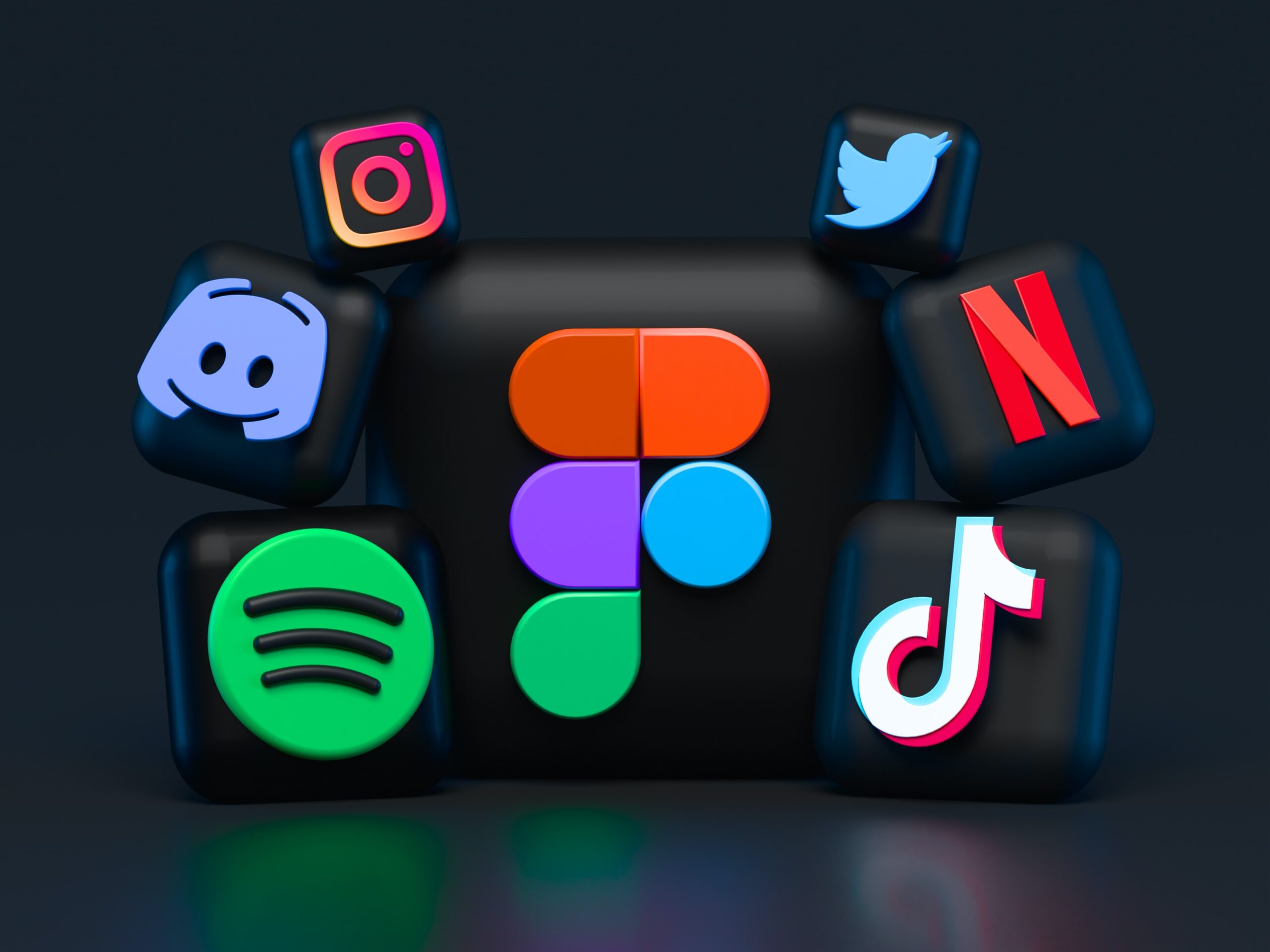Having excellent visual content is vital in successfully executing any marketing campaign. Even if you have a potentially strong strategy laid out, without visual elements, reaching out to your audiences and selling your product would almost be impossible.
But how exactly does visual marketing work, and what are the explanations behind its proven effectiveness in capturing audience attention 100% of the time? Here’s everything you need to know about what visual marketing is and why it’s a powerful must-have in your marketing arsenal.
What is Visual Content Marketing?

We humans have biology to thank for our natural ability to be visual learners—a 2015 study conducted by Marius Manic for the Bulletin of the Transilvania University of Brasov states that more than 90% of the information we process comes mainly from visual receptors.
The research also found out that “most people remember 80% of what they see and only 20% of what they read” (Manic, 2015). With attention spans getting shorter by the minute, it is crucial for businesses to adapt a marketing strategy that focuses on maintaining user engagement by distributing visually appealing, mobile-friendly content.
Visual Marketing is defined as the integration of visual techniques and media such as photos, videos, and graphics into a campaign to raise awareness about a product or service. Visual materials are used to convey a message as a way to elicit response from and connect with audiences. When used correctly, visual content will help establish a unique brand identity to set you apart from competitors, as well as encourage better information processing and recall among consumers.
Types of Visual Content
The visual content you choose to employ in your campaign should be consistent with your branding and persona. Here are its most common types:
-
Images
Have you recently created a long, wordy post and noticed that it did not get a lot of traction? Its glaring lack of visual elements is most likely the problem—text-heavy content doesn’t immediately capture the interest of audiences and is usually ignored.
One thing you can do to resolve this is by breaking up blocks of information and presenting them as compelling images, or by adding relevant and eye-catching illustrations. Keep in mind that no detail is too small when creating or composing an image—pay extra attention to the typeface, colors, contrast, lines, patterns, and all other elements that complete the formula.
There are a lot of tools and suites you can download or purchase for enhancing the quality of your photos. You may opt to use your own images for a more personalized messaging, or obtain the necessary licenses for the ones you’ll source from other creators online.
-
Videos
Videos are one of the most widely consumed forms of visual content today—and for good reason. Businesses using videos as product marketing tools have higher chances of increasing their follower count, more so if they create an account or channel solely dedicated to promotional content. Interestingly, videos also have a great deal of purpose in email marketing, as subject lines having the word “video” on them increases open rates by 19%, while drastically lowering unsubscribe rates.
Customers are more inclined to engage with interactive tutorials or explainer videos which contain all the information about a product or service, as opposed to only reading about them and not having a moving representation of the details.
People often tend to be hooked to video content that tell a story and creatively get a point across—videos also have a huge impact on purchase decisions, as they are an incredibly effective medium in targeting human emotions.
-
Memes
Let’s admit it—memes make our everyday lives much more bearable and fun. But apart from this purpose, these humor-captioned images can go beyond entertainment—posting memes related to your business or industry enables you to show your audiences a different side of your branding.
Timing is very important in choosing which memes to use, and so you must always be up-to-date with the latest social media trends and see what memes are on your followers’ radar at the moment. This ensures that whatever you post will garner more engagement and reactions; with thousands of memes out there, you want to make sure that yours gets noticed, so you’ll need to incorporate the relevant hashtags to your post.
Memes are a fun way of breaking the ice and making your followers laugh, but if done strategically, these could also help your audiences feel a sense of belongingness with your brand.
-
Infographics
An infographic is a tool that simplifies complex information for general audiences through the use of graphics combined with descriptions that allow for easier comprehension and recall. These are especially helpful when presenting qualitative concepts, statistics, and other numerical data—infographics are typically centered around bold, colorful designs that make them a visual treat while still being highly informative.
But it goes without saying that the designs should be complementary to your data—a perfect balance of visuals while maintaining the accuracy of your information is key.
Infographics have one of the highest shareability rates on social media platforms, and this says a lot about this medium’s big potential in terms of marketing your brand. If your infographic is promoted well, it could end up being shared on influencer pages and blogging sites with high post reaches, thus boosting your brand’s visibility and generating new leads for you.
Building An Effective Visual Marketing Strategy

Here’s how you can create a visually-strong marketing campaign.
1) Identify the differentiated value of your business.
The benefit that your customers can get only from your products or services is the value proposition of your business. You need to be able to identify what this is first before anything else follows—this is one of the things that will drive your entire campaign. This would also reflect on the creation and execution of your visual content, as you have to consider how you’re going to address your target market’s pain points and provide them with a positive customer experience.
2) Determine your brand’s strong and weak points.
Take a step back and determine your brand’s strengths and weaknesses, particularly in visual content generation. Do an analysis and check what visual media have been effective in marketing your brand so far and which ones you have to stop using. This way, you can see what’s truly working for your business, and eliminate what could potentially be a waste of resources.
3) Select the right forms of visual media for your business.
Now this may already be a given, but we can’t stress enough how important choosing the ideal visual media for your business is. The reality is that not all of them will be a good fit for your brand—at the end of the day, it all comes down to who your target market is. Once you’ve identified your chosen demographic, you could already plan your next marketing move accordingly. Pick what visuals would resonate most with your audiences and would be instrumental in widening your consumer base. Measure them for key performance indicators and see if all visual elements would deliver your desired results.
Visual Marketing — More Than Meets the Eye
Visuals are important in any marketing strategy as these have the ability to influence consumers’ decisions, evoke feelings from people, and humanize a brand. Visual content marketing is something that all businesses should focus on in order to thrive and be relevant in an ever-changing world.
